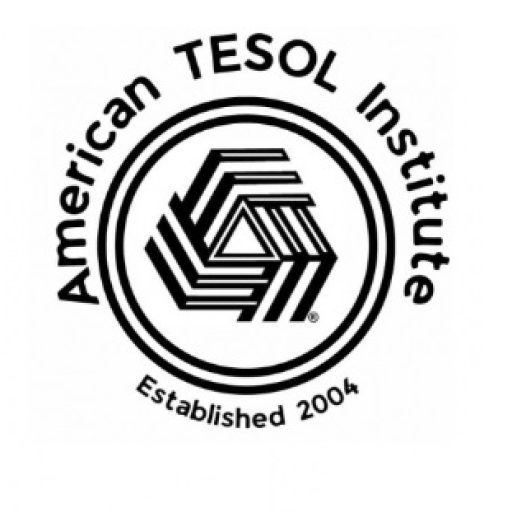In today’s interconnected world, technology offers exciting opportunities for teachers to bring the world into the classroom. Global classroom projects are a powerful way to engage students in intercultural communication, enhance language skills, and foster collaboration. By leveraging technology, students not only learn about other cultures but also build essential skills for navigating a globalized society.
The Power of Global Classroom Projects
Global classroom projects encourage intercultural communication by connecting students from different parts of the world. These projects enable students to interact with their peers abroad, learn about diverse cultures, and explore new perspectives. Integrating these projects into the curriculum allows students to practice empathy, open-mindedness, and respect for different cultures.
In addition to cultural understanding, global projects provide valuable language learning opportunities. For English language learners, communicating with students from other countries can significantly improve their language skills. Students use language in real-life contexts, making the learning process both meaningful and engaging. It’s a chance to practice speaking, listening, and writing in a way that connects directly to real-world experiences.
Finally, these projects enhance goal-setting skills. Working with students from other countries requires planning, organization, and time management. Whether students are collaborating on a research project, an online discussion, or a creative presentation, they learn how to set goals, meet deadlines, and work toward a shared objective—key skills for their future academic and professional lives.
Using Technology to Connect Students Globally
There are many ways technology can facilitate global connections in the classroom. Here are some tools and strategies that teachers can use to engage students with the world:
1. Video Conferencing and Virtual Exchanges
Platforms like Zoom, Google Meet, and Microsoft Teams allow students to have live video conversations with their peers in other countries. Teachers can arrange virtual exchanges where students discuss topics like current events, cultural traditions, or even collaborative projects.
2. Collaborative Online Projects
Use tools such as Google Docs or Padlet to create shared documents where students from different classrooms contribute ideas, research, and work together on a project. These platforms enable real-time collaboration, making it easy for students to communicate and share resources across borders.
3. Pen Pals and Digital Letters
Digital pen pals are a modern twist on traditional letter exchanges. Websites like ePals or PenPal Schools connect students with others worldwide. Through email or messaging, students can practice writing, ask questions about each other’s cultures, and build relationships that foster global understanding.
4. Global Challenges and Competitions
Participating in global challenges or competitions, such as those hosted by GLOBE Program or iEARN, encourages students to work with their peers worldwide to solve real-world problems. These platforms offer opportunities for collaborative science, environmental projects, and cultural exchanges.
5. Cultural and Language Exchange Apps
Apps like Flipgrid, Duolingo Events, or Tandem provide spaces where students can interact with native speakers of different languages or share videos and posts about their cultural traditions, making learning interactive and engaging.
Benefits of Global Classroom Projects
- Enhanced Cultural Awareness: Students learn about the customs, traditions, and perspectives of people from other countries, helping them appreciate diversity and become global citizens.
- Improved Language Skills: English learners and native speakers alike benefit from practicing communication in real-world contexts, improving their fluency, vocabulary, and comprehension.
- Collaborative Problem-Solving: Working together with students from different backgrounds teaches collaboration, critical thinking, and teamwork, all while fostering creativity and innovation.
- Goal Setting and Time Management: Engaging in global projects teaches students to plan, organize, and work toward objectives, setting them up for success in future collaborative efforts.
- Technological Literacy: By using digital platforms for global collaboration, students gain proficiency with technology, preparing them for the digital landscape of the 21st century.
How to Get Started
If you’re new to global classroom projects, here are a few steps to help you begin:
- Start Small: Begin with a simple project, such as exchanging cultural facts or photos, before moving on to more complex collaborations.
- Partner with Another Teacher: Find a teacher in another country to collaborate with. You can connect through online networks such as Skype in the Classroom or ePals.
- Choose a Theme or Topic: Select a topic that interests your students and is relevant to their curriculum. This could be anything from climate change to cultural holidays.
- Set Clear Objectives: Define the goals of the project. Whether it’s language practice or cultural exchange, make sure students understand what they are working towards.
- Use Technology Wisely: Choose the right tools for your project and ensure students are comfortable using them. Provide guidance on digital etiquette and online safety.
Conclusion
Incorporating global classroom projects into your teaching can transform the way your students learn. By leveraging technology, you can connect your students to the world, improve their language skills, and foster global citizenship. These projects encourage cultural exchange, promote critical thinking, and equip students with the skills they need to thrive in a globalized world. The possibilities are endless—start exploring today!



